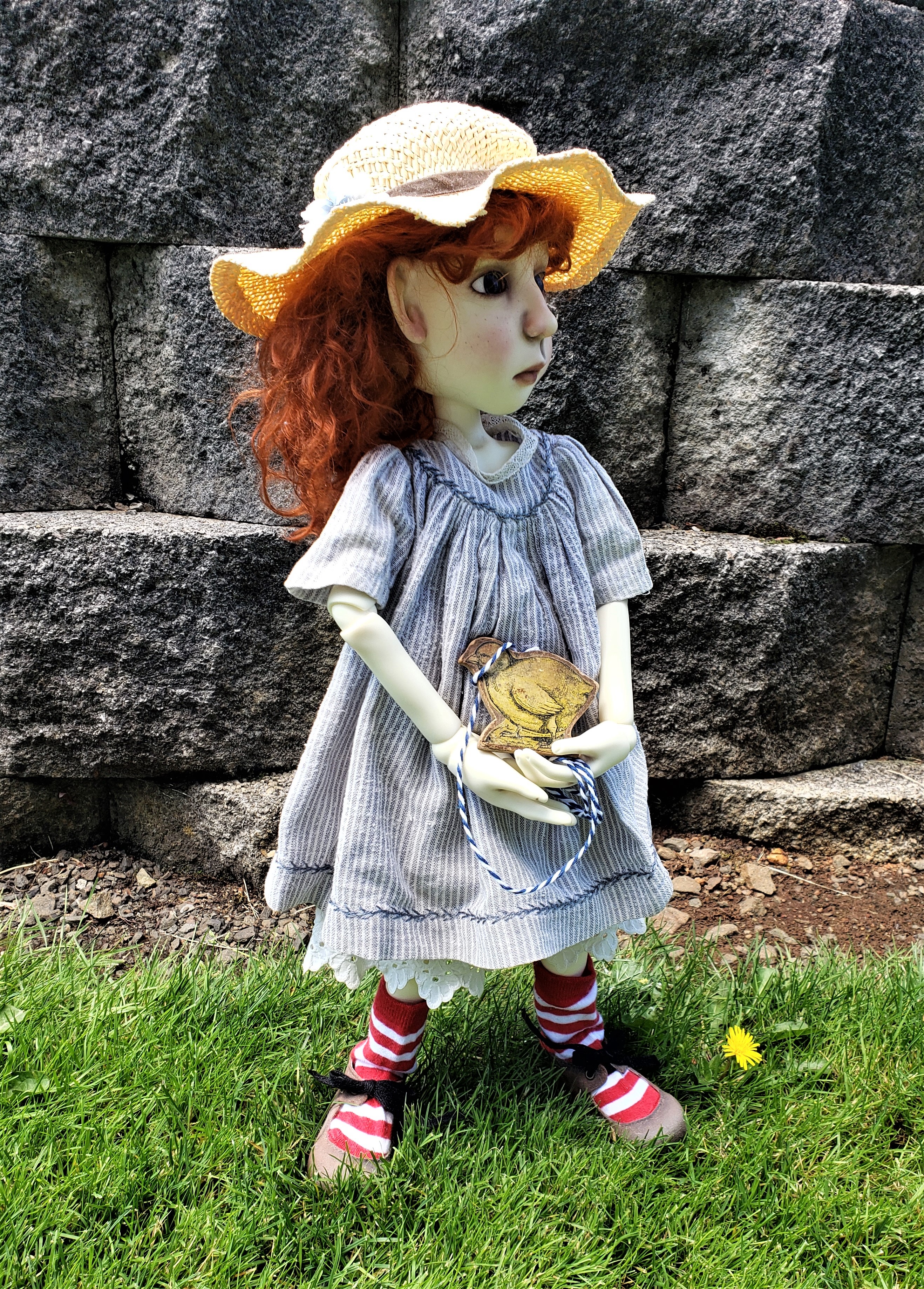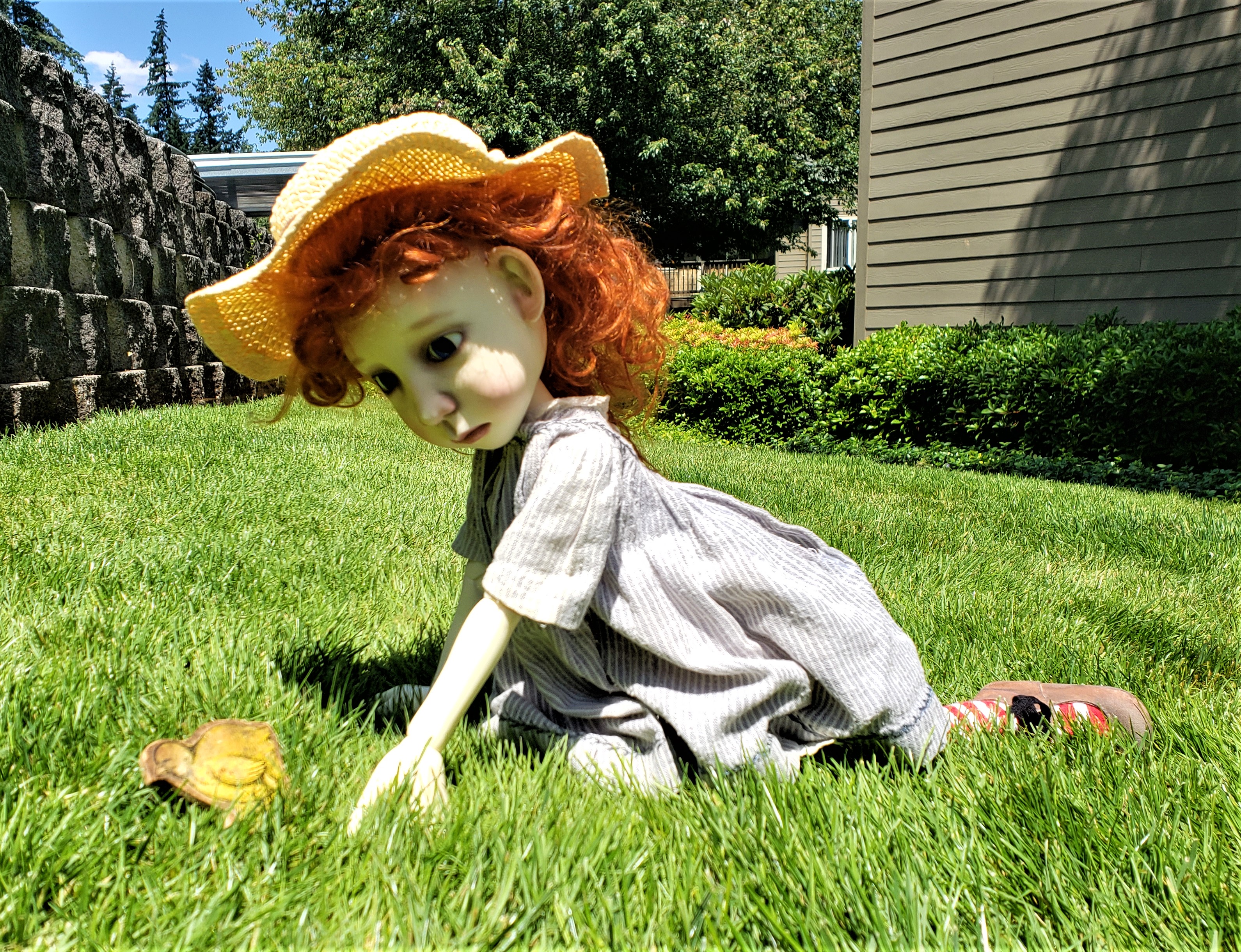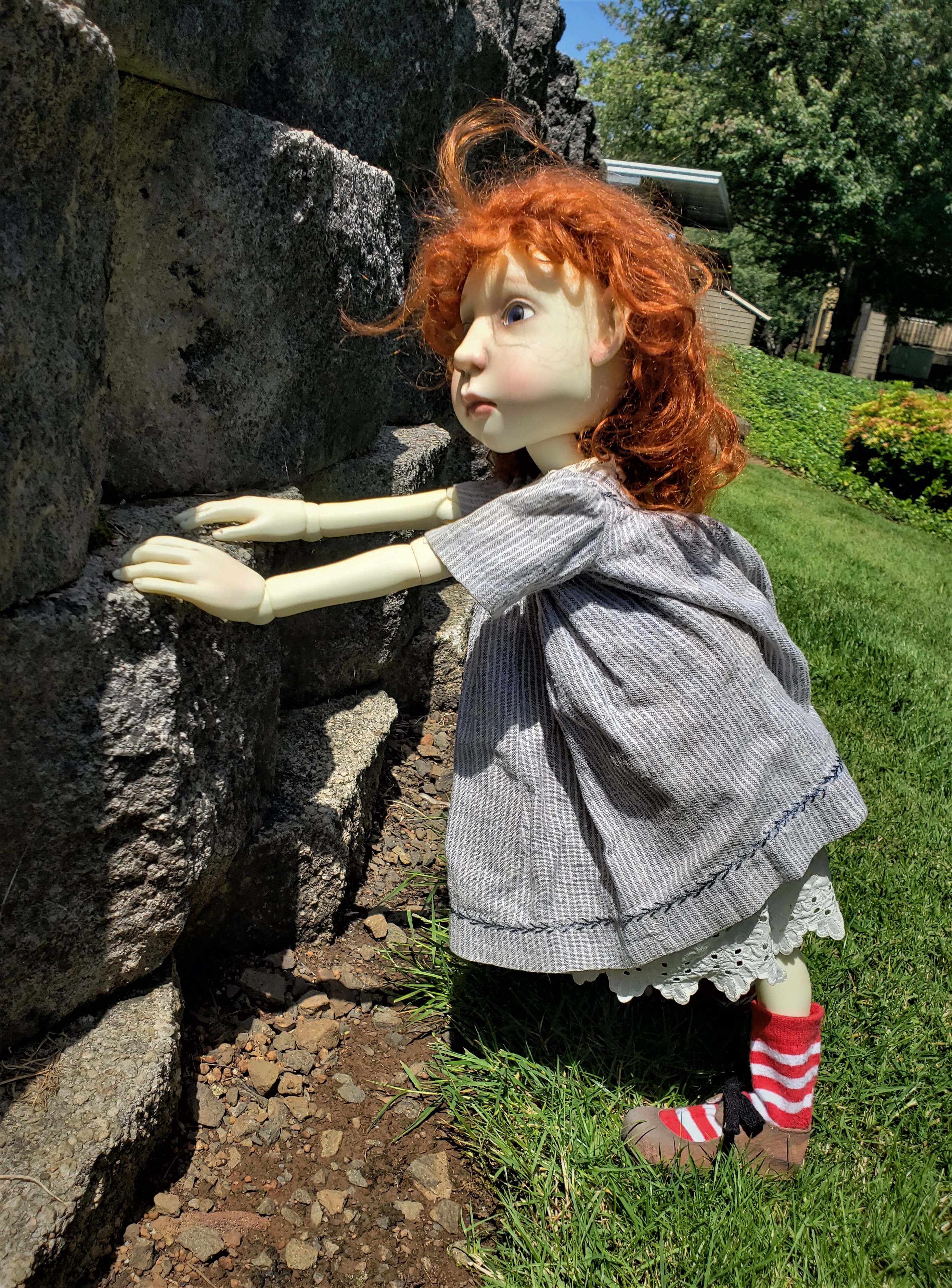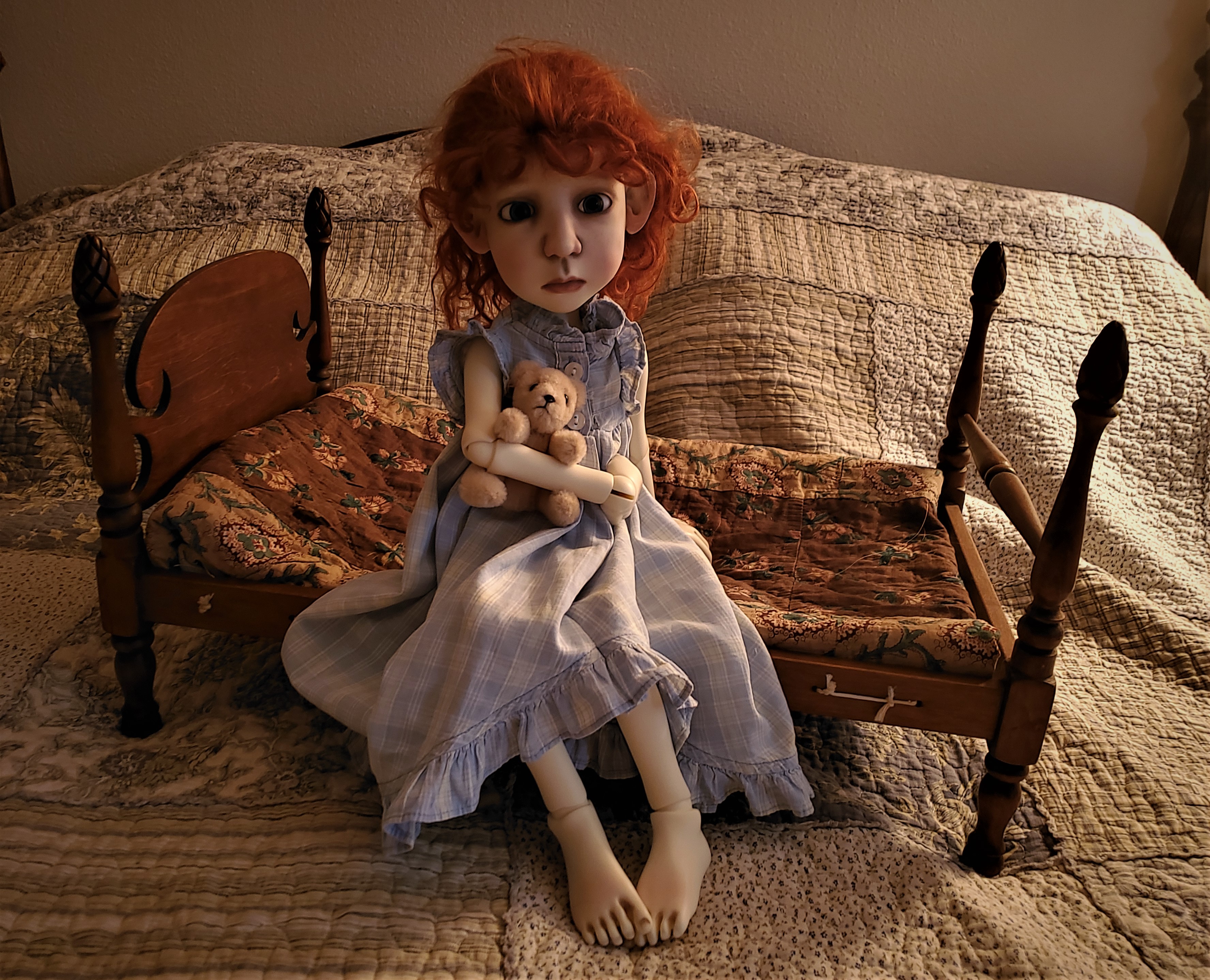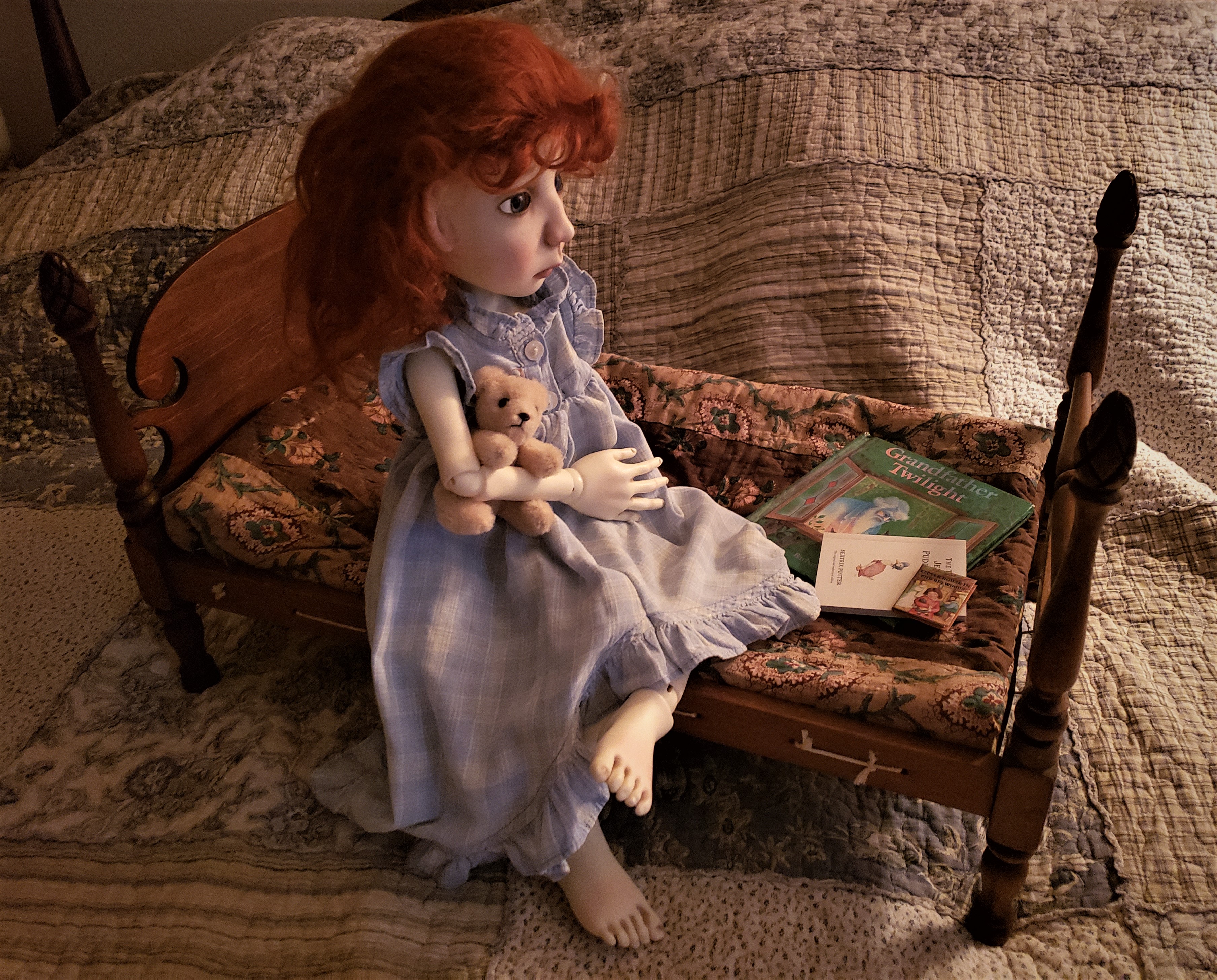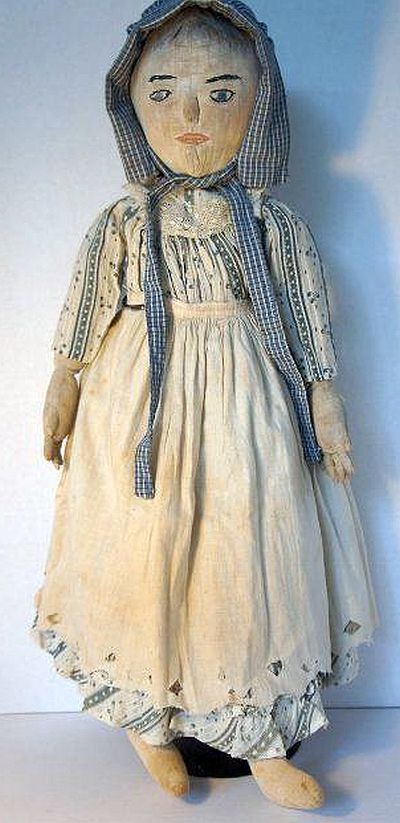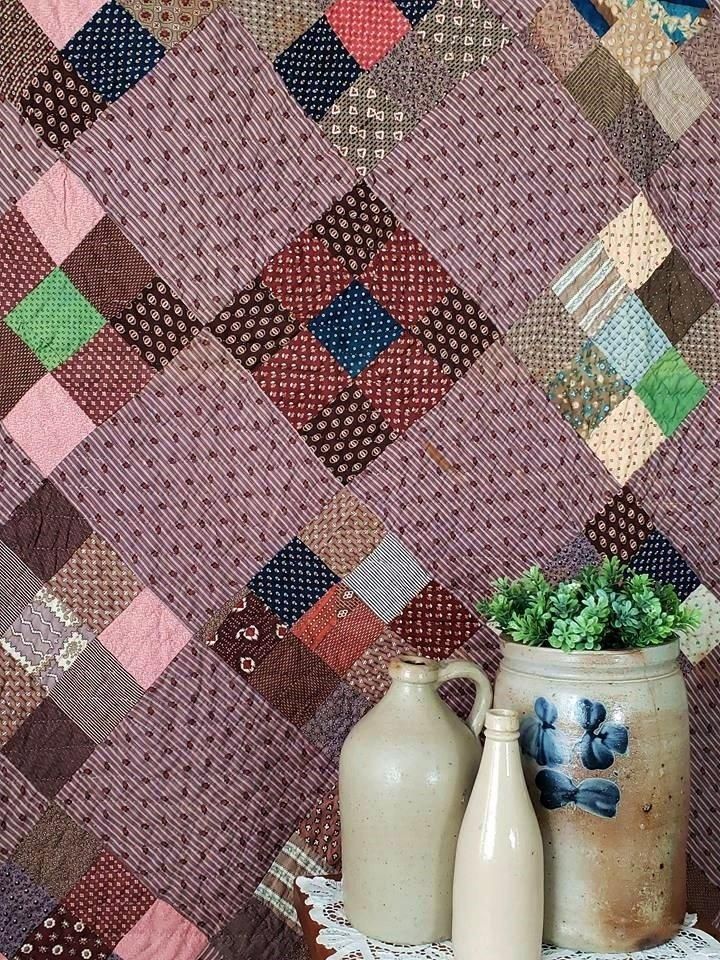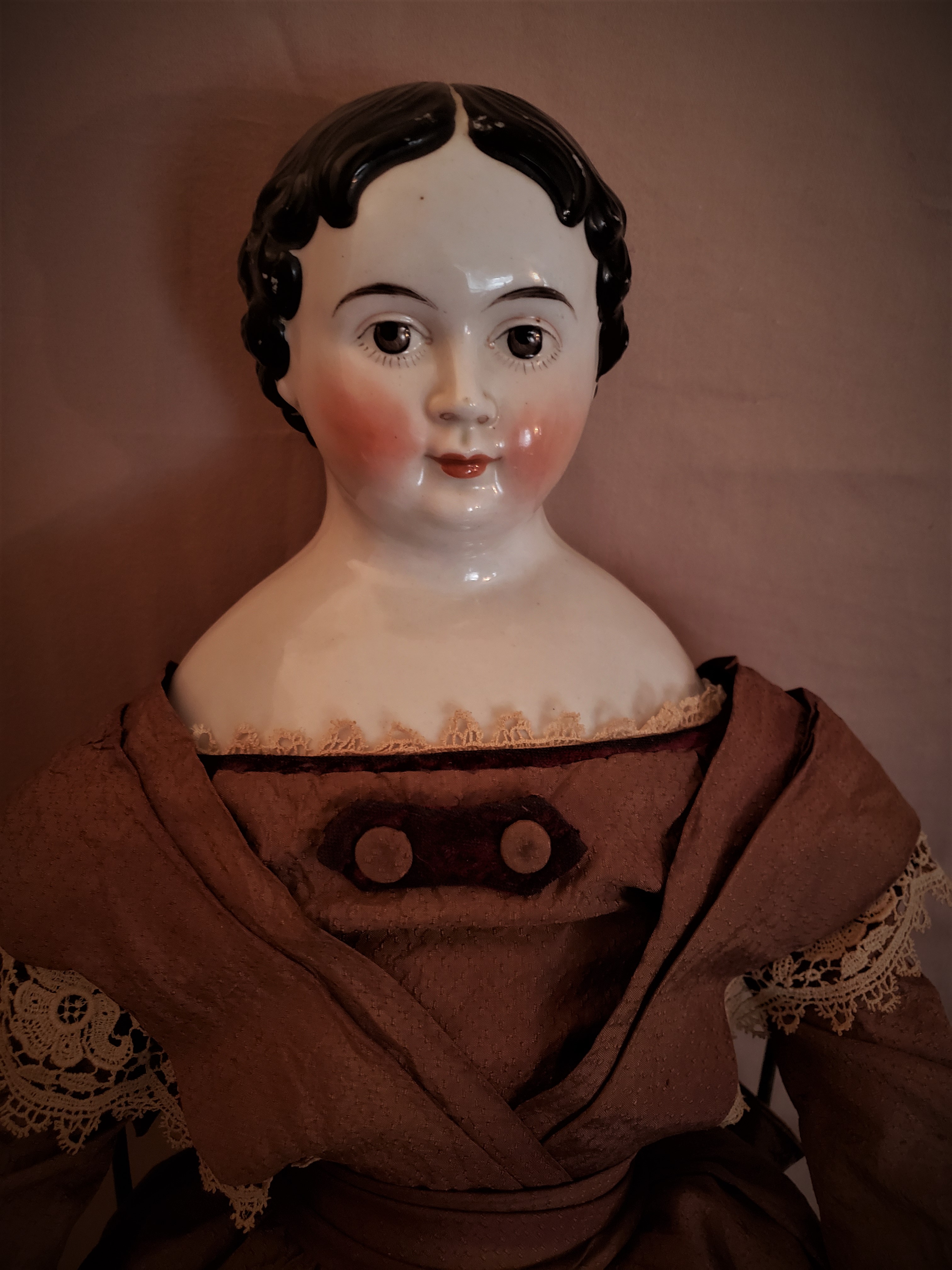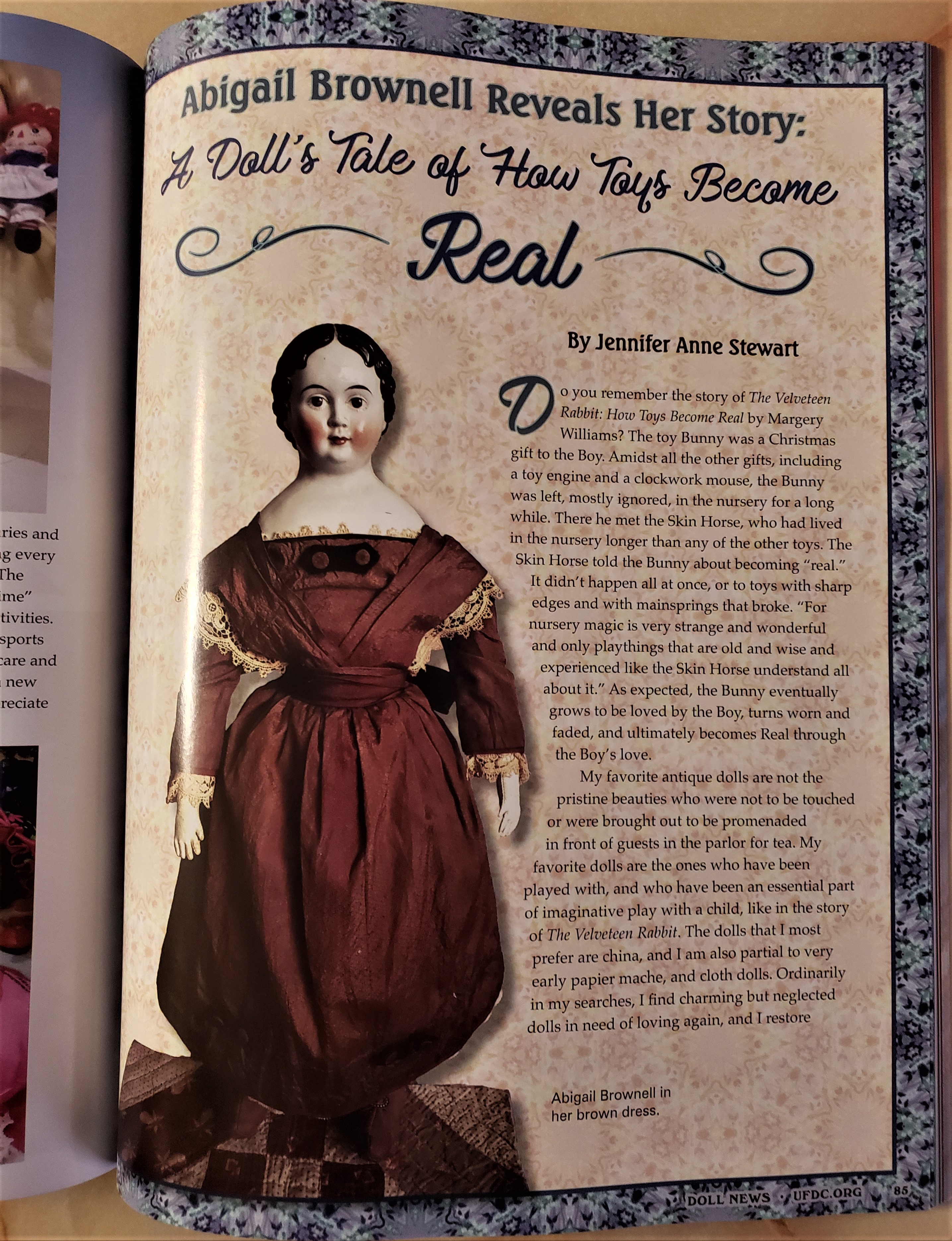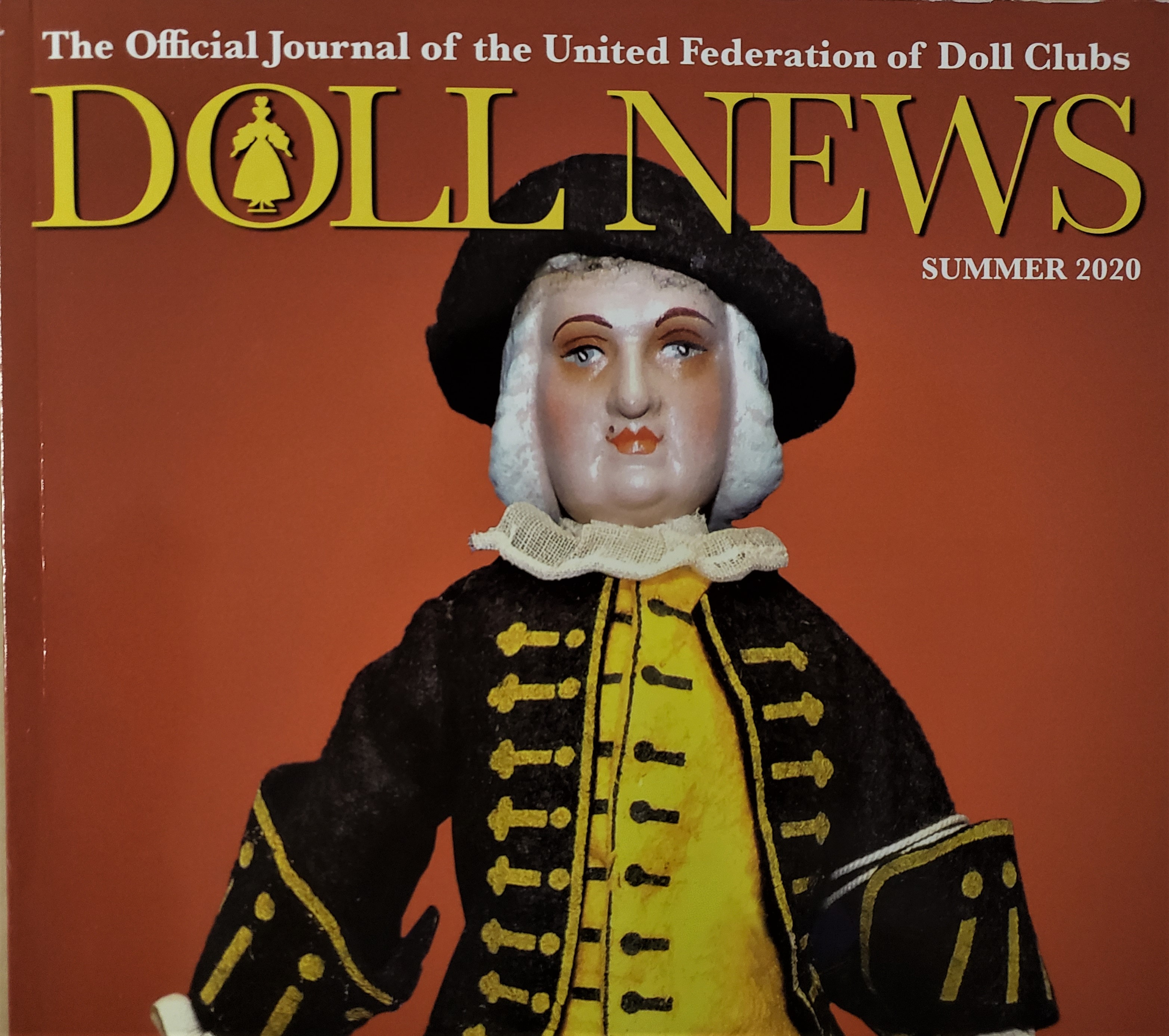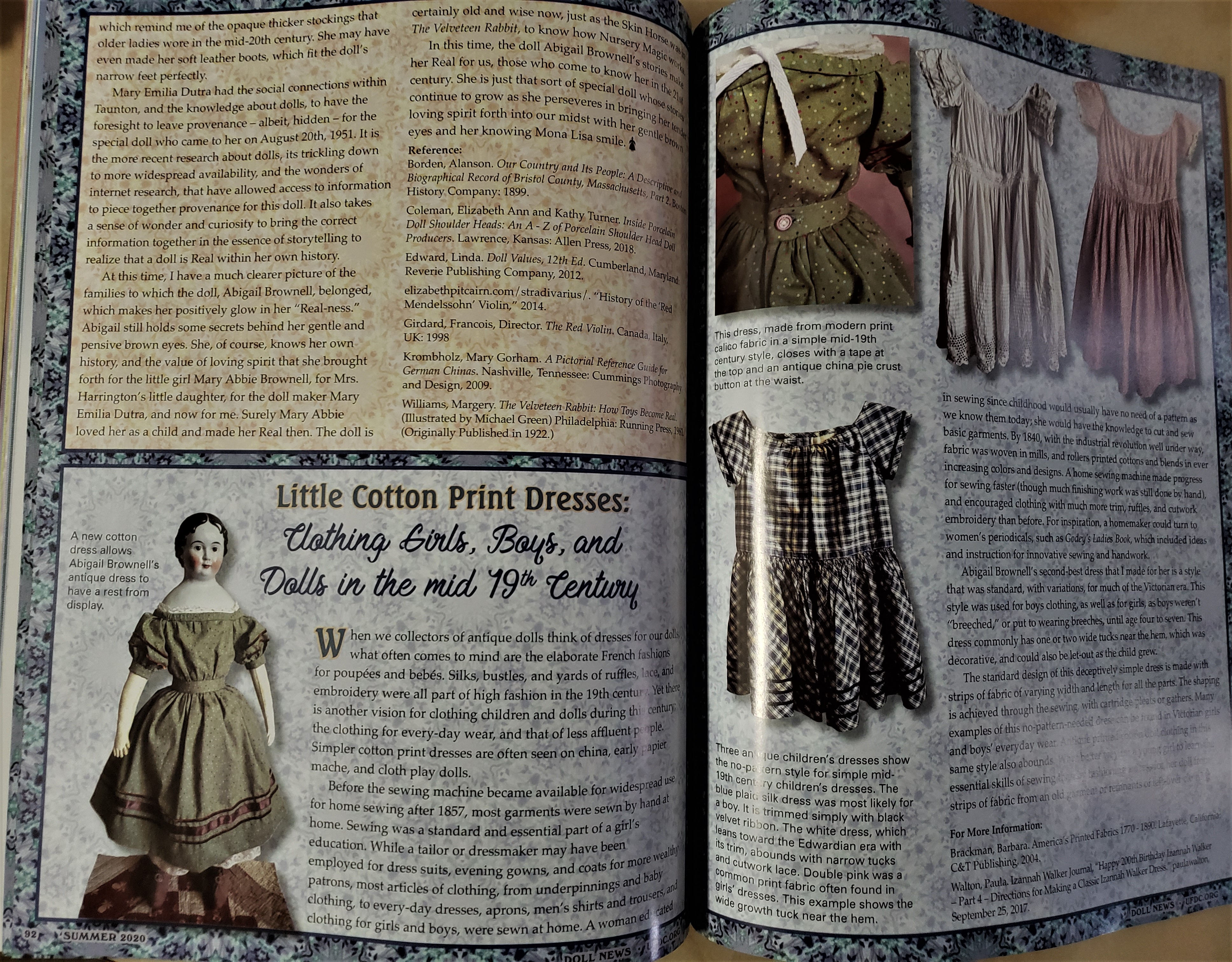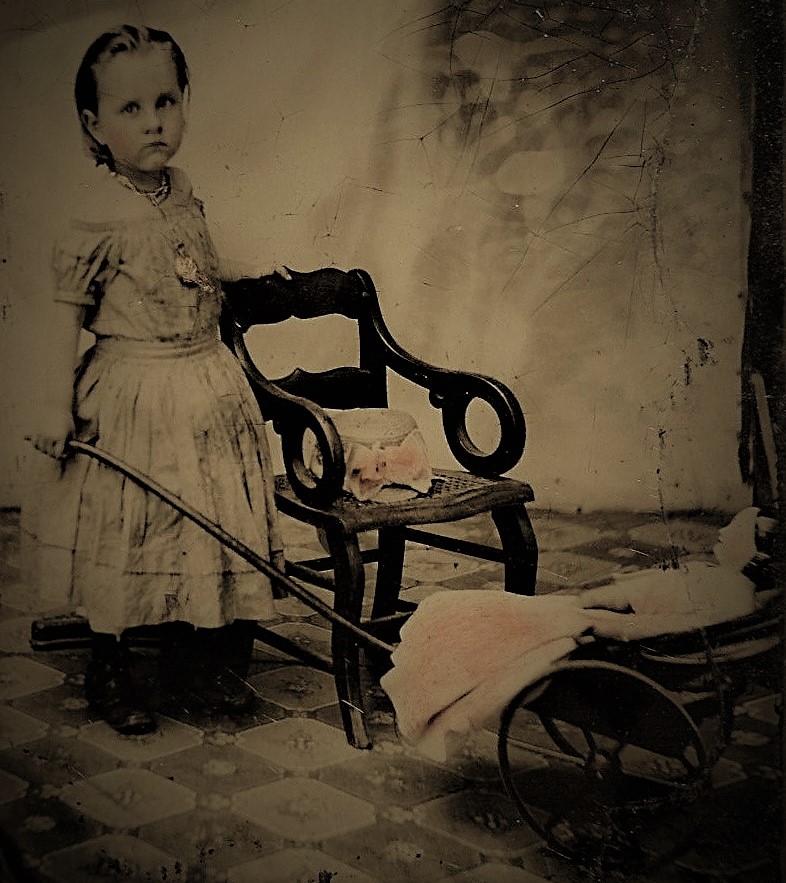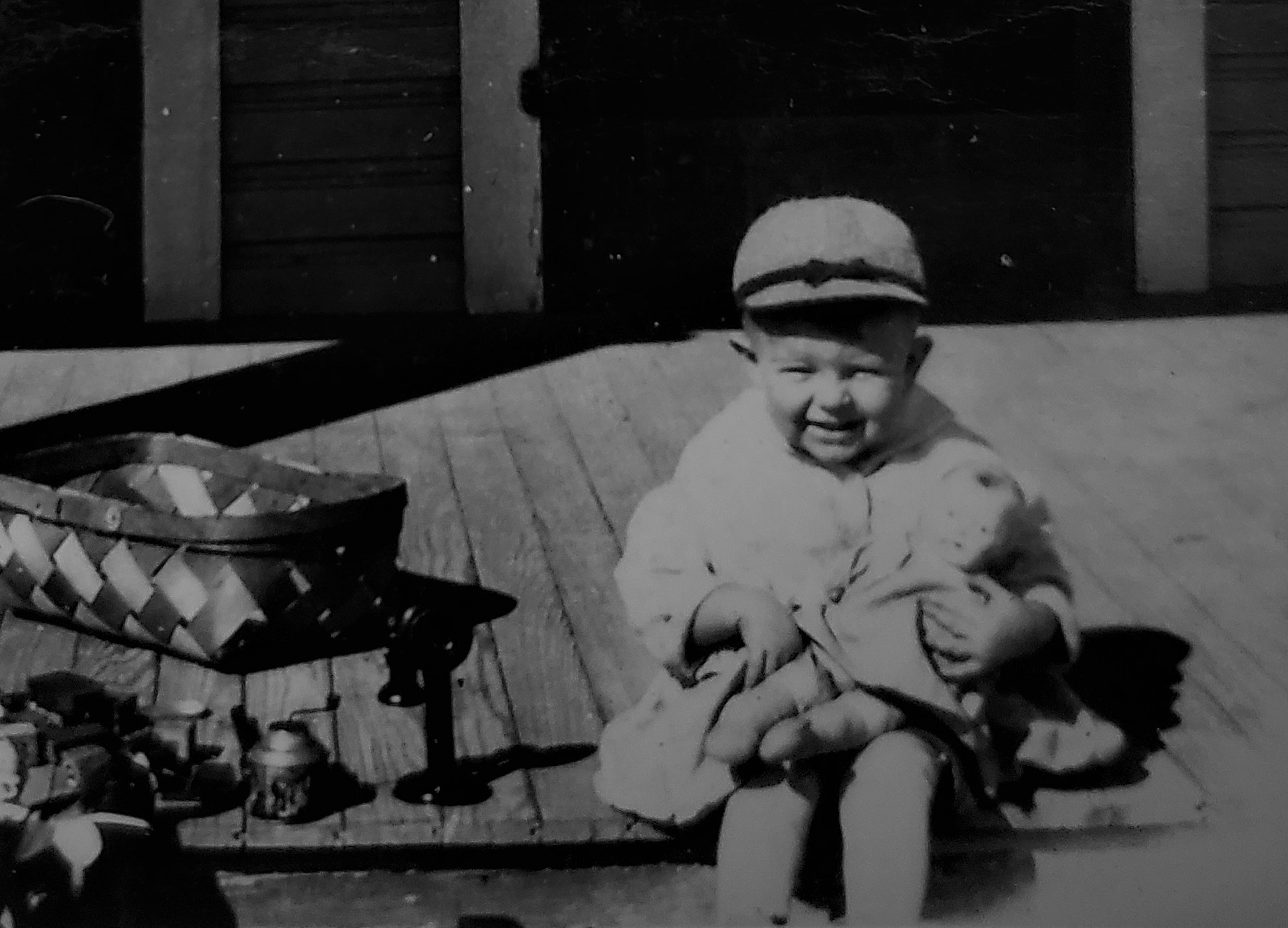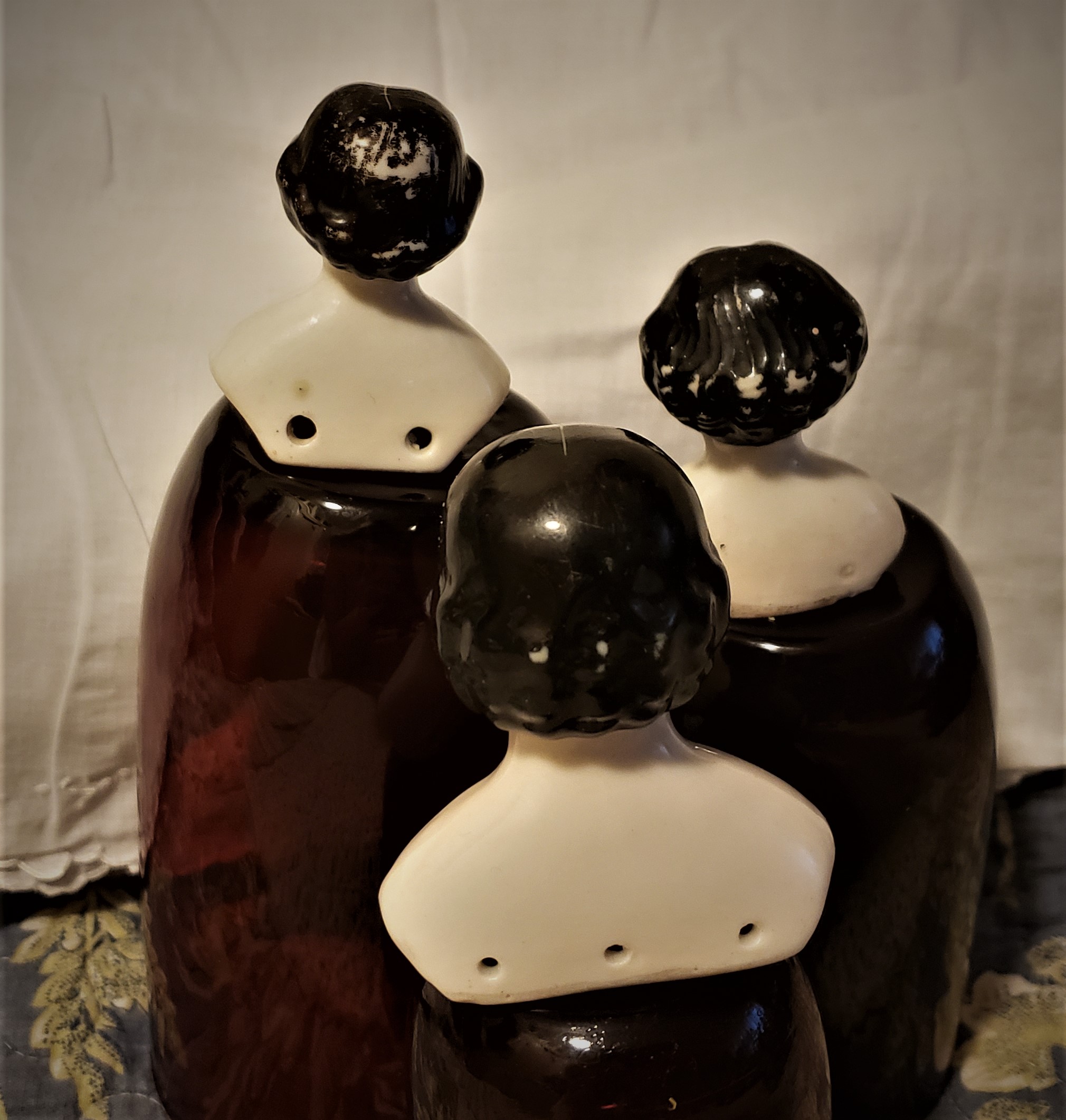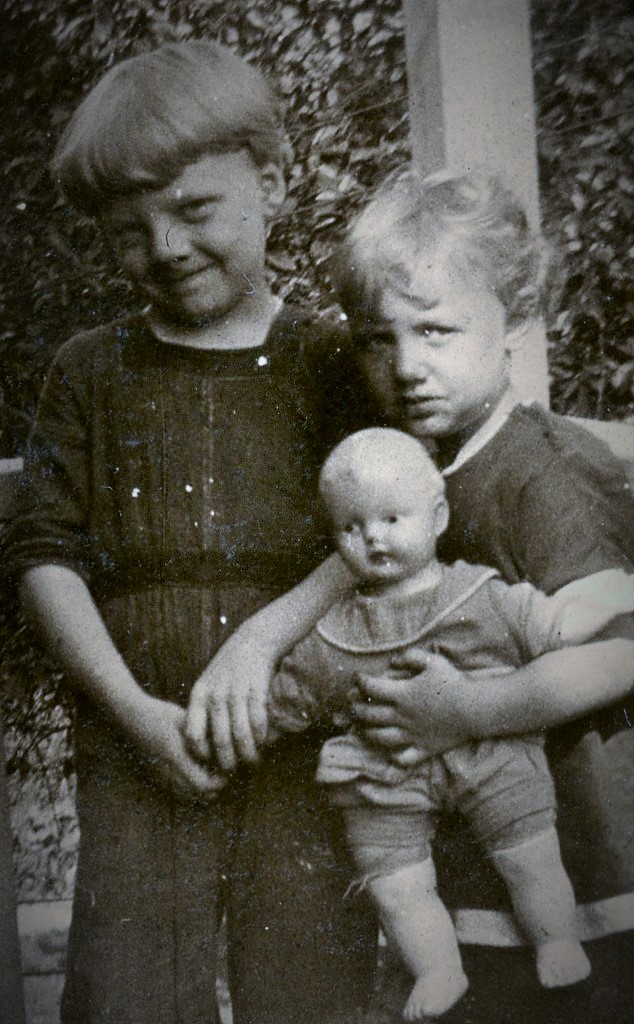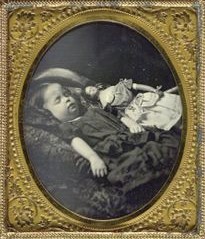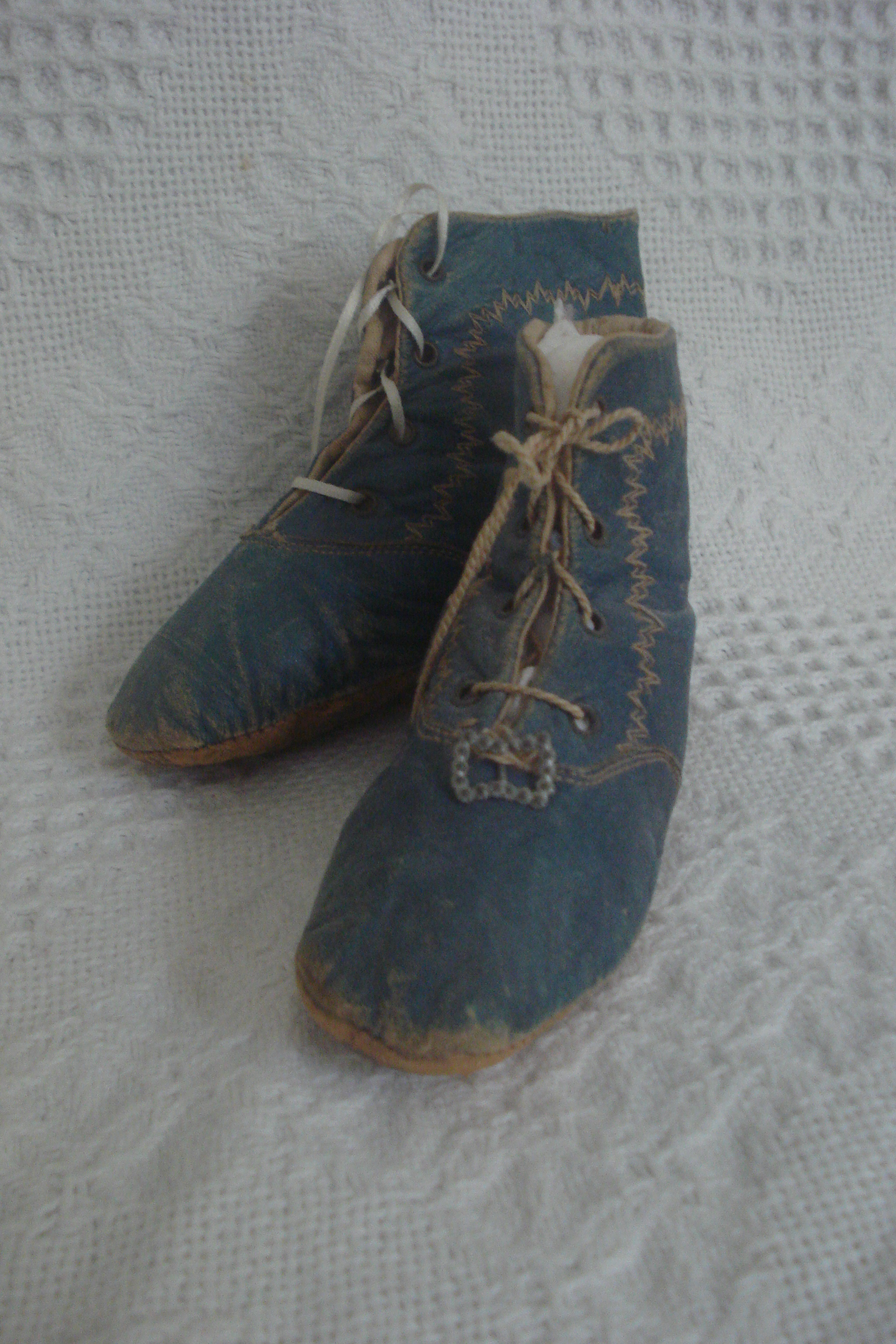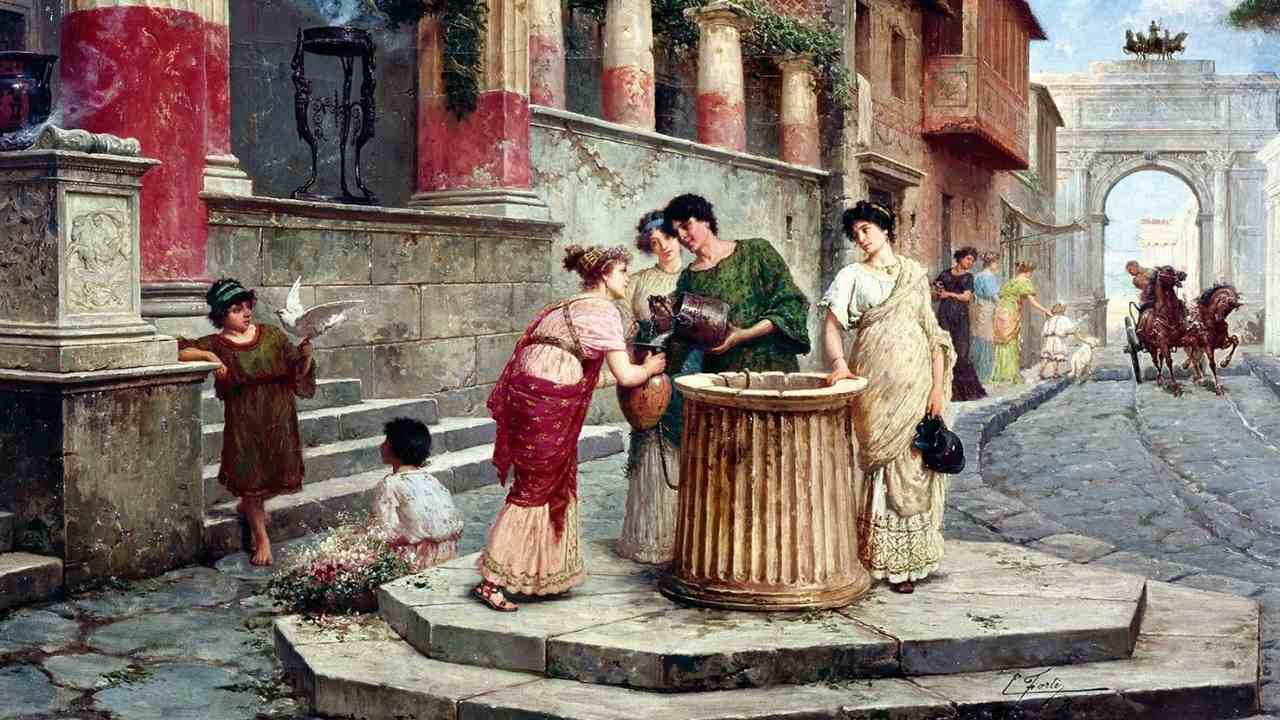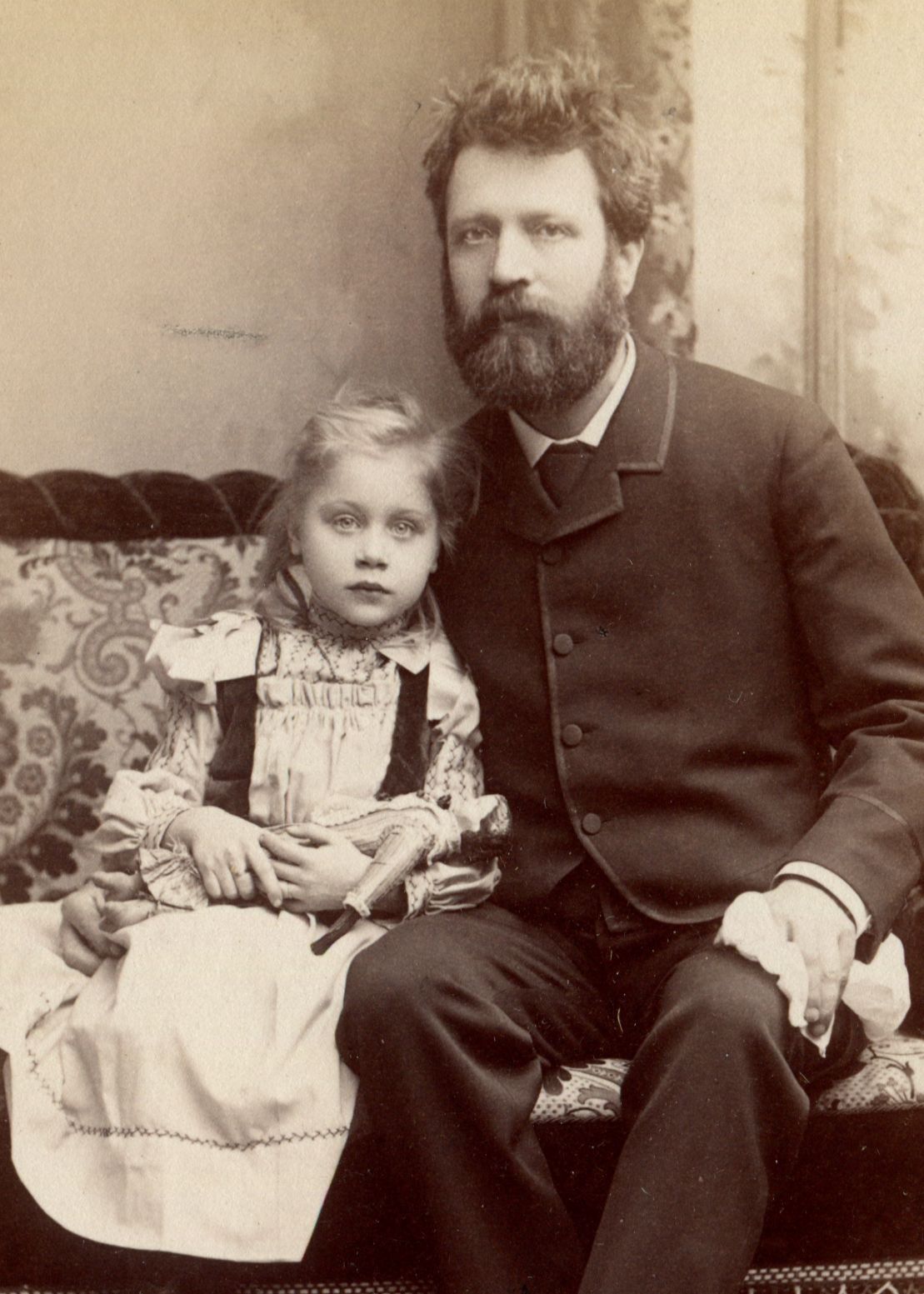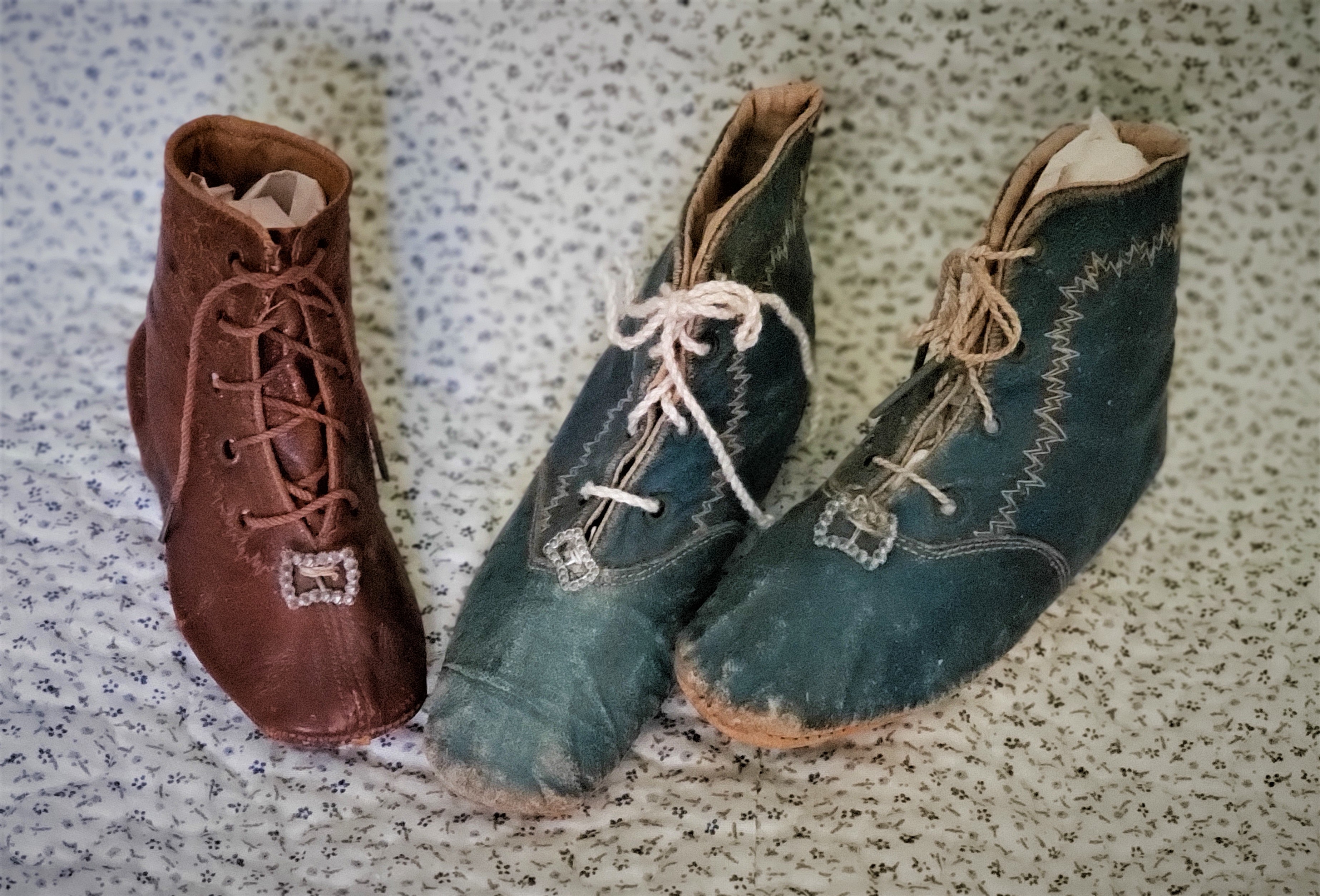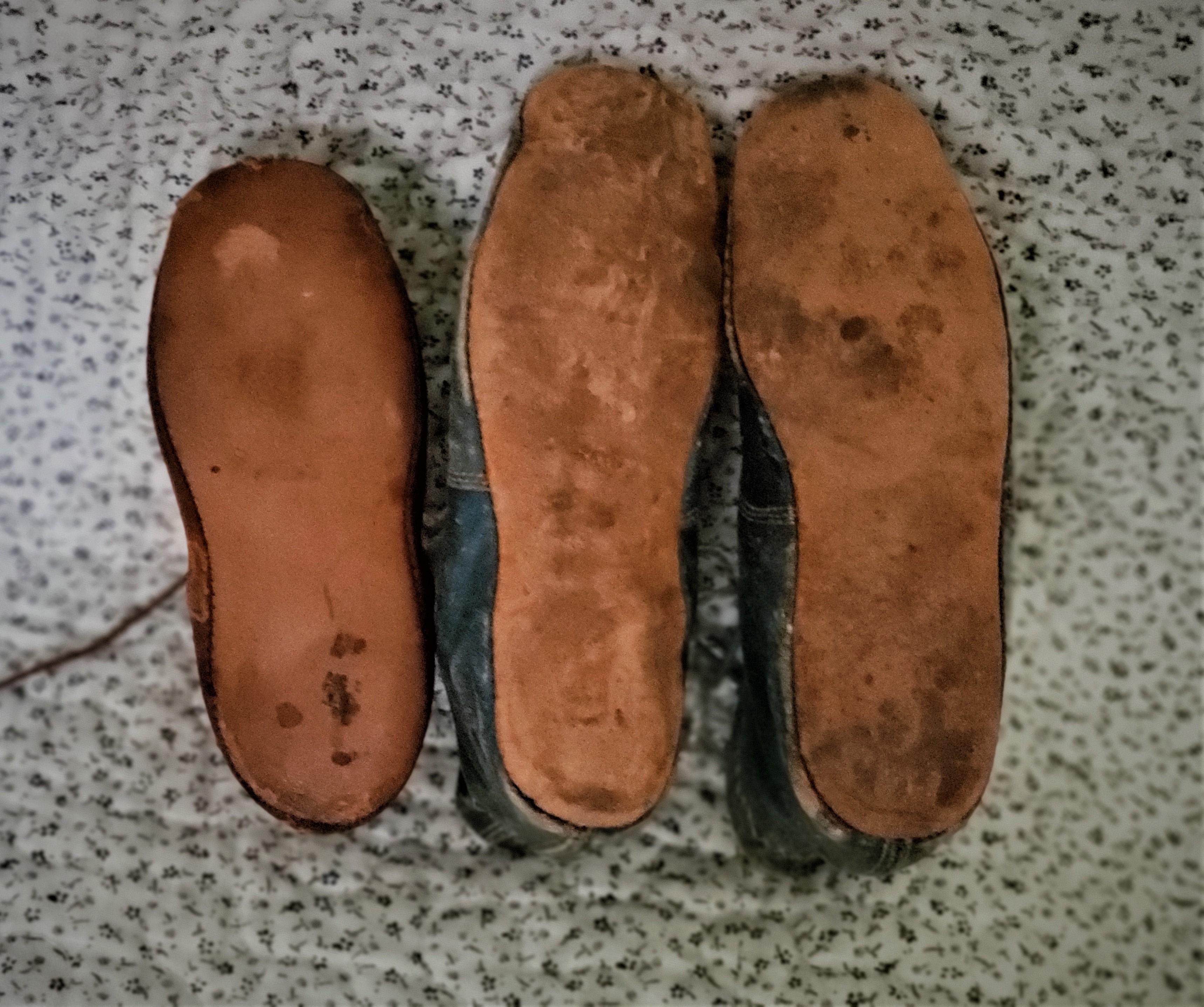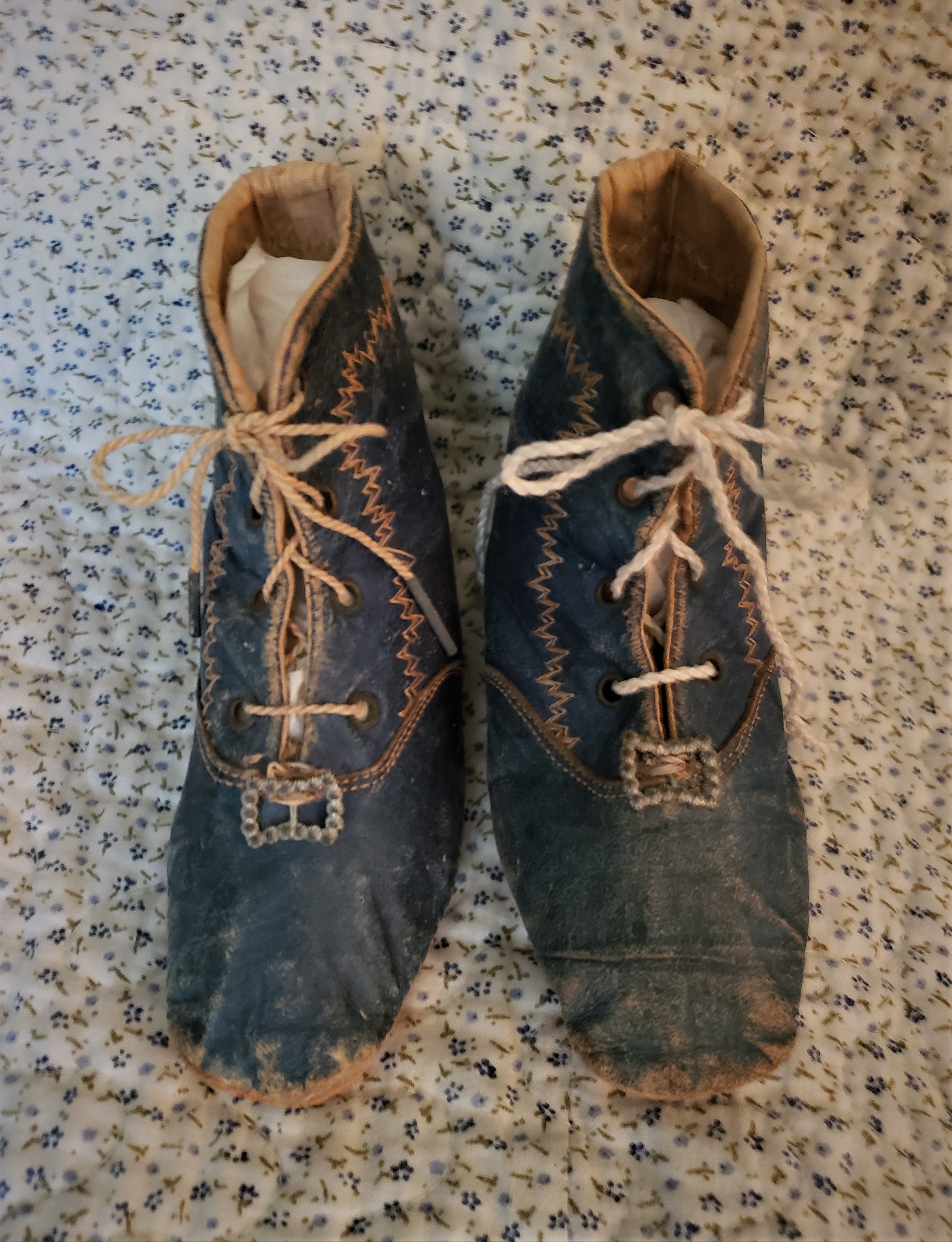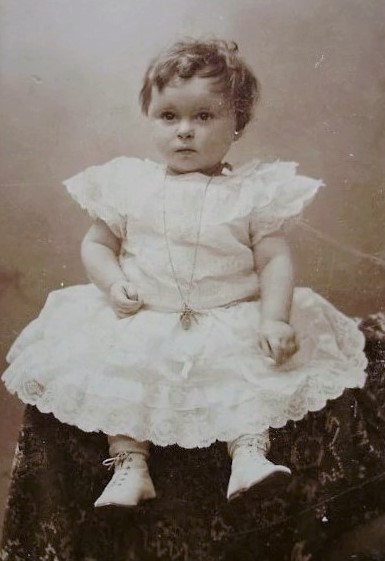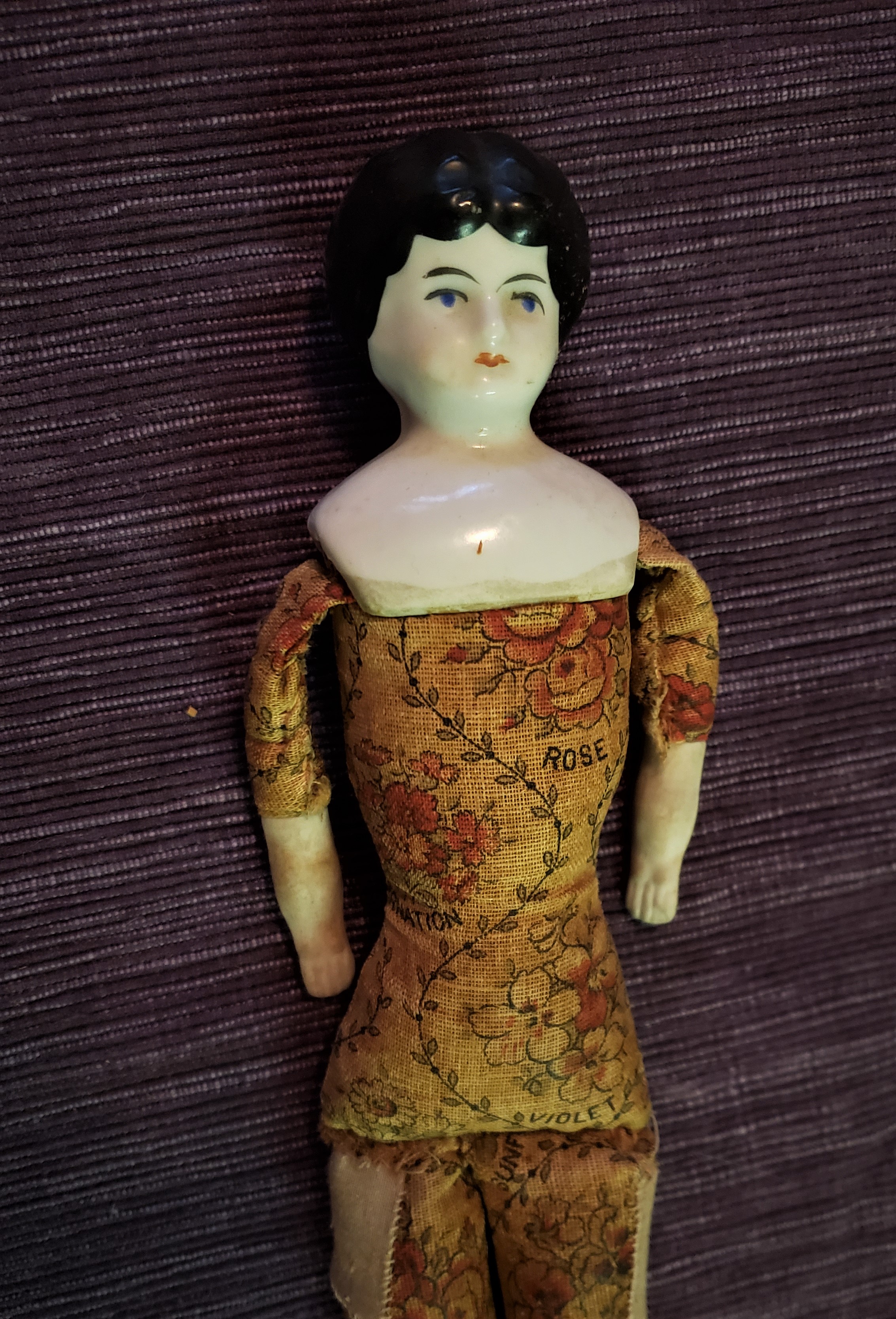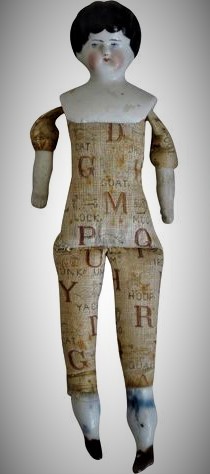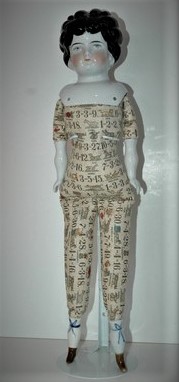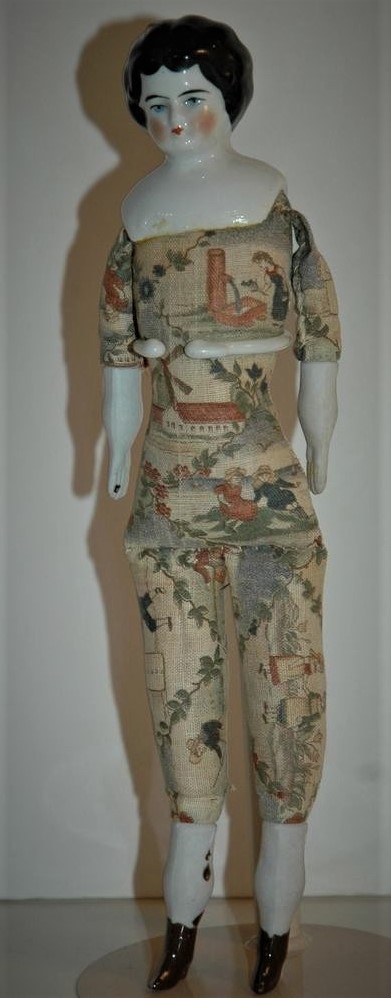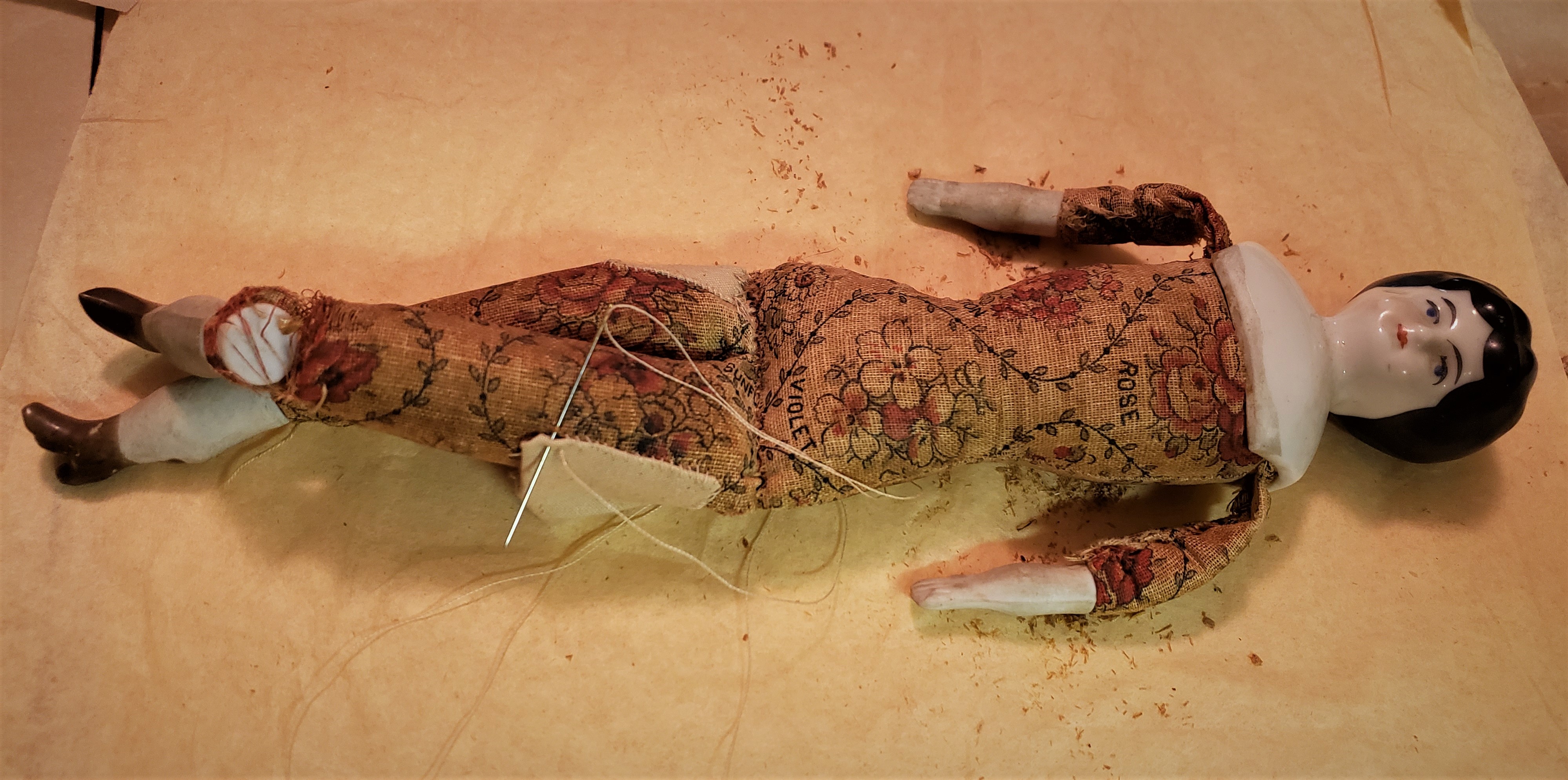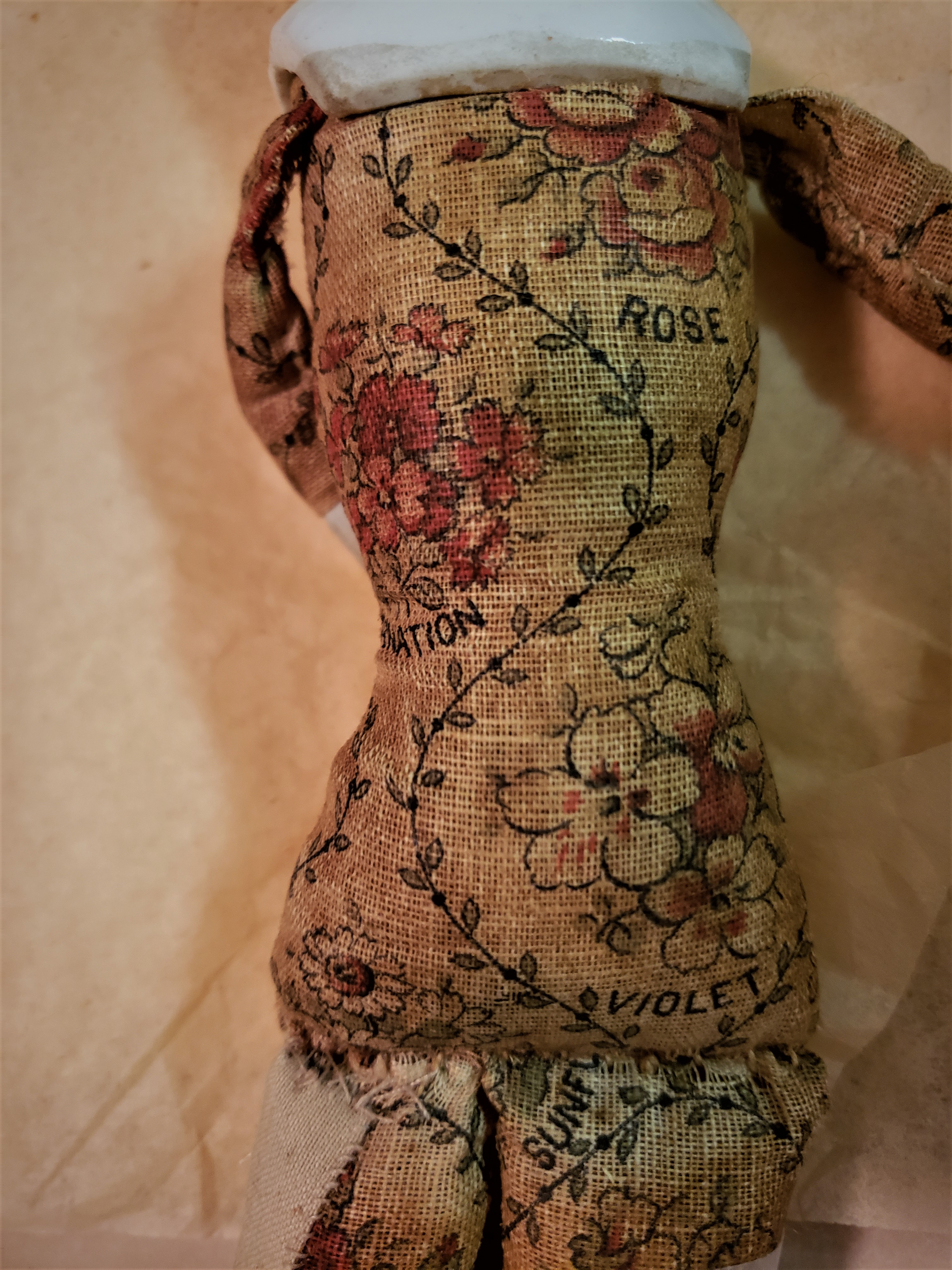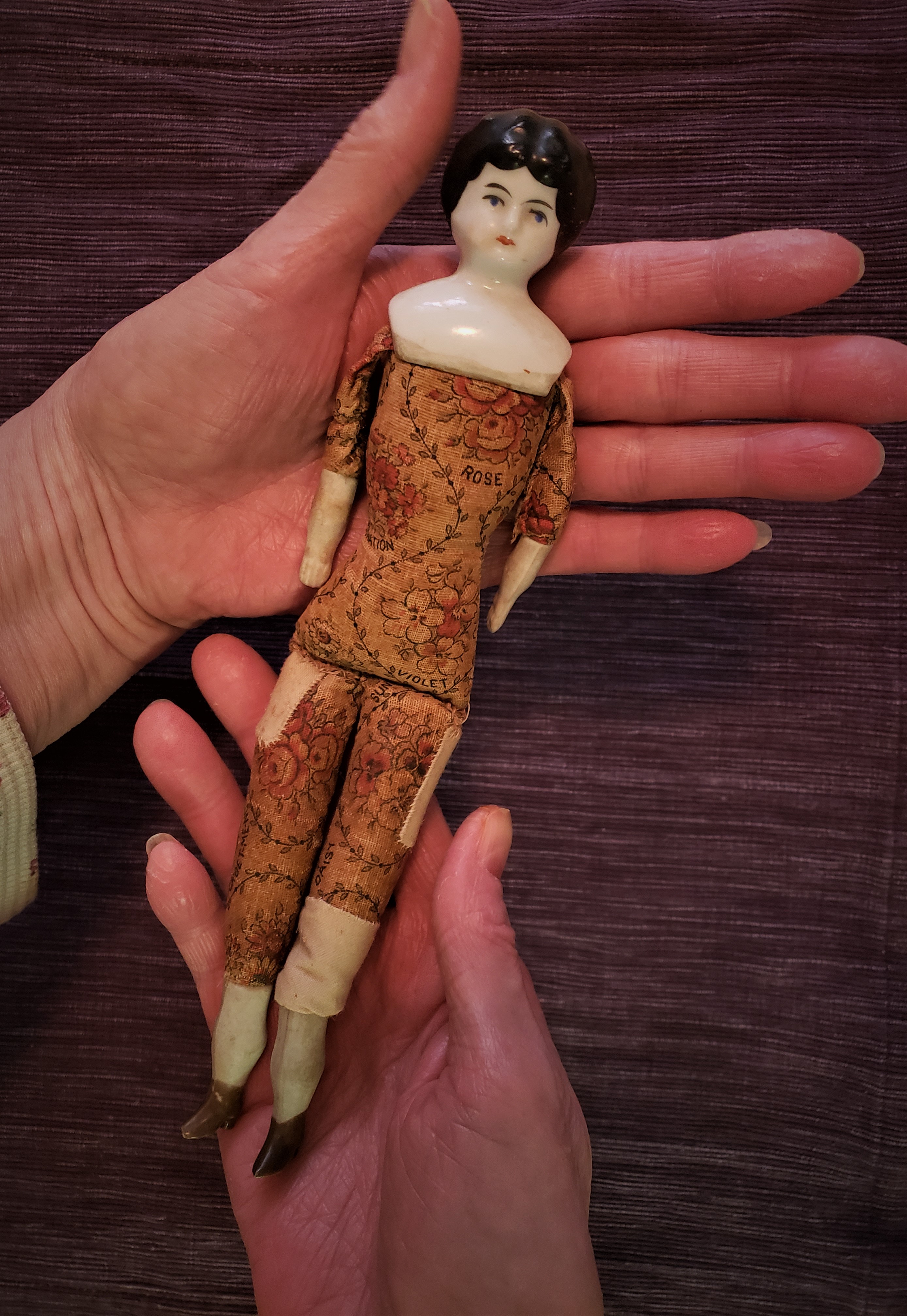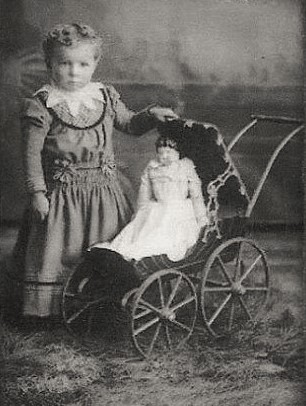When I buy a doll, it usually entails a project, whether or not I intended to take on more. This is because I am inclined to go for the much played-with and loved dolls, and the inexpensive variety, rather than the more expensive and elusive all-original and never-played-with genre. Such was the case with Indigo, who was a bit of an inadvertent purchase and turned out all for the good.

Alt, Beck, and Gottschalk (ABG) made two types of teen or young lady dolls with fancy curl hairstyles in the 1870’s and 1880’s. The names that collectors have attributed to these hairstyles are Curly Top and Spill Curl. They were both available in Cafe au Lait or Black color. (Cafe au Lait is a darker blonde than is usually found on antique china dolls, so it is a desirable variation.) I already had Willow Rhaine in Cafe au Lait Curly Top, and Alicia Amber in Cafe au Lait Spill Curl hairstyles.


The reason that I bid on this black hair Spill Curl doll is that she was priced low because of her broken and repaired shoulder-plate, and because I didn’t have a black haired variation. Honestly, I didn’t expect to win this auction, and I promptly forgot about my eBay bid, as I found some exciting offerings to consider on Ruby Lane. Therefore, I was surprised when the “You Won This Auction” email showed up in my box. And home she came, faded dress and all.


Indigo’s two piece dress is actually quite lovely with a fitted bodice, cuffs on the sleeves, cream lace, jeweled buttons, and hand cross-stitched medallions around the hem of the skirt. I wanted to preserve this dress that was obviously well-made for this doll. I first tried turning the skirt back-to-front, which helped some, since the back was not faded as much, but it didn’t help enough. I talked with a fellow doll collector and seamstress friend about my dilemma, and I asked her opinion about attempting to dye the costume. She recommended using a sponge to dab dye onto the dry dress to avoid the dye bleeding onto the embroidered medallions and lace.

It took awhile to get this project started since I could not find blue dye in any stores in my area in the Fall or early Winter of 2020. I finally found a dye with the color name of “denim.” I estimate that the project would have taken about a week to complete, allowing time for the fabric to dry as I worked around the skirt and sleeves. However, having started a new job, I only worked on it on weekends, and so it took a month to complete.

When I was satisfied with the color all around, I let the garment dry completely. The fabric was stiff in places from the wetting. I used a small fabric brush on the skirt and bodice, which took away any crustiness, softened the velvet, and raised the pile.

Although the color is not an exact match, this lovely and unusual china doll now has her tailor-made indigo dress restored to elegance, deserving of her name and prominently setting off the beauty of her unusual hairstyle. I did not over-dye the areas of fabric that retained the cornflower blue color, so the coloring is a bit “patchy,” almost like blue-on-blue tie dye. The presentation of the doll is now admirable.


















/Prairie-schooner-3000-3x2gty-56a48a125f9b58b7d0d7715b.jpg)



























